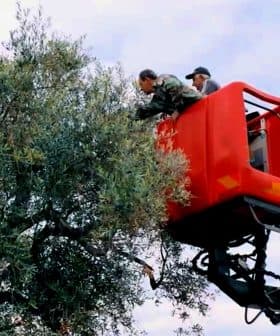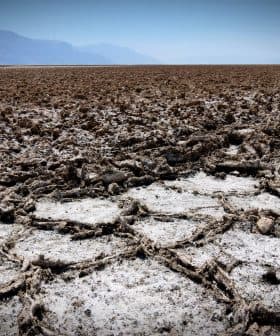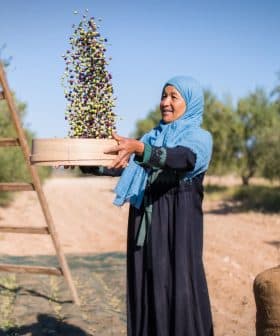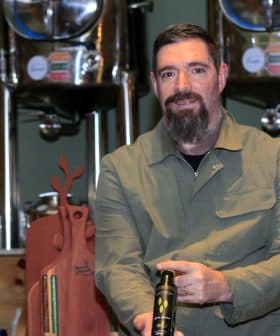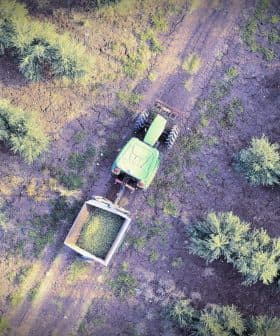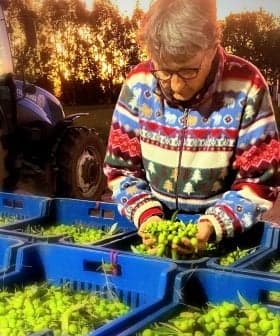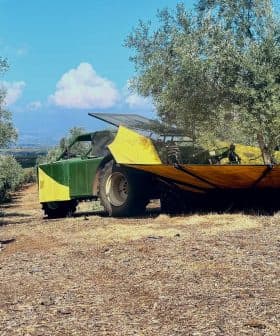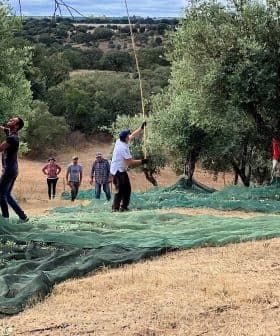Brazil’s Al-Zait Rises to International Acclaim
In just two seasons, Al-Zait, a southern Brazilian olive oil producer, went from being a newcomer to winning three Gold Awards at the 2023 NYIOOC World Olive Oil Competition for their Picual, Frantoio, and Koroneiki monovarietals. Despite facing challenges with weather, labor regulations, and consumer preferences for imported brands, Al-Zait is focused on quality and expanding their olive oil production with the establishment of a mill and managing Cobrançosa olive trees.
In only two seasons, southern Brazilian producer Al-Zait has gone from a newcomer to olive oil production to an award-winner on the biggest stage.
The Rio Grande do Sul-based producer earned three Gold Awards at the 2023 NYIOOC World Olive Oil Competition, placing its Picual, Frantoio and Koroneiki monovarietals among the world’s best extra virgin olive oils.
If you want the best quality, you need to have access to the latest technology and full control of the whole process.
“It all happened so fast, and I think it has to do with our work and passion as well as the availability of technology and farming procedures which, when correctly applied, gave us huge satisfaction,” Luiza Osório, Al-Zait’s co-founder and chief financial officer, told Olive Oil Times.
The three awards earned in New York came on the heels of other local acknowledgments that encouraged Osório and her partner, Fernando Alfama, to take the next step and enter the world’s largest olive oil quality contest.
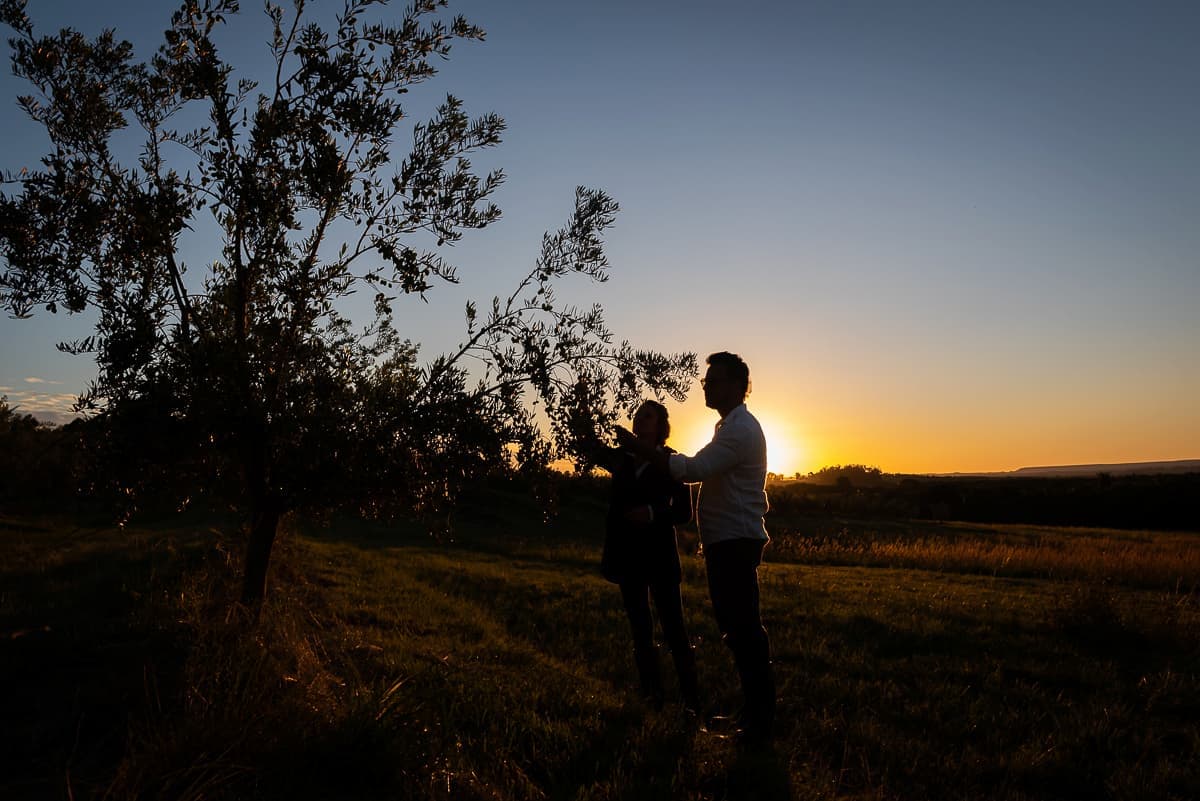
“New York has been a very special competition for us; we felt so happy about it. We knew we had great products but did not expect to win this much,” Osório said. “2023 has been such a great season for us.”
“Fernando and I are from Brazil, but our family background is complex. My mother’s family is Italian, and my father is half Spanish and half Portuguese. Fernando’s family has Portuguese and Lebanese roots,” added Osório, hinting at the significance of olive oil culture in both families.
“It all started in 2005, when Fernando was working in Europe, mostly in Portugal, exploring his passion, which is cooking and food, researching ingredients,” she continued. “That is how he experienced so many good olive oils, quality products that we could not find in Brazil at the time.”
The Osório family farm, located near Brazil’s southern border with Uruguay, was mainly dedicated to the common crops of the area, including soya, rice and raising cattle.
“In 2014, Fernando visited our family farm and noticed two hills that were not used,” Osório said. “They seemed a cozy place for olive trees, so we started exploring the option of planting some there.”
Osório added the couple had friends who produced olive oil in Spain, Italy and Argentina, so the couple had studied how producers were using technology and agronomic practices to achieve quality.
Years later, after extensive research, the couple planted 3,300 olive trees on the hills and produced 6,000 liters of olive oil in 2022.
“We chose Arbequina for its pollination qualities and Koroneiki because, during our research in Uruguay’s farms, we saw how well it can adapt to different conditions,” Osório said.
“I also insisted on having Picual, which I am a big fan of, and we also wanted a touch of Italy because of our family roots, which is why we picked Frantoio,” she added.

Al-Zait produces monovarietal extra virgin olive oils from Cobrançosa, Picual, Frantoio and Koroneiki olives.
Al-Zait also manages a small number of Cobrançosa olive trees, a cultivar widely grown in northern Portugal and known for its significant yields.
“In our research, while studying how olive trees grew and were taken care of in several countries, we noticed how the northern Portuguese region of Trás-os-Montes, its weather and terroir, resembled ours in Brazil,” Osório said.
Expanding Cobrançosa olive trees is among the company’s goals. “Still, we are not looking to increase significantly the quantity, as we focus exclusively on quality,” Osório said.
“All of these trees are faring well, and some of our Portuguese friends told us how unusual it is for those trees to grow that high and quickly as they do on our hills,” she added.
Another investment Al-Zait is now working on is the establishment of a mill. “We need the mill for several reasons,” Osório said. “The first is that if you want the best quality, you need to have access to the latest technology and full control of the whole process.”
“The second reason is more practical as the mill would be close to our orchards, making it far easier to preserve the quality of the olives while we harvest and to freshly process the olives themselves,” she added.
When it is time to harvest, the company must rent expensive air-conditioned trucks to store harvested olives during the day. “After that, we need to drive more than 170 kilometers to bring the olives to the mill,” Osório said.
Air-conditioning is crucial since the harvest begins in February at the end of the Southern Hemisphere summer when temperatures remain quite high.
“As we do not want to work under the scorching sun, we usually begin harvesting at 5 a.m. and proceed until 2 p.m., when we need to transport the daily harvest to the mill,” Osório said.
Like producers at just about every latitude, Al-Zait is learning to cope with the unpredictability of weather.
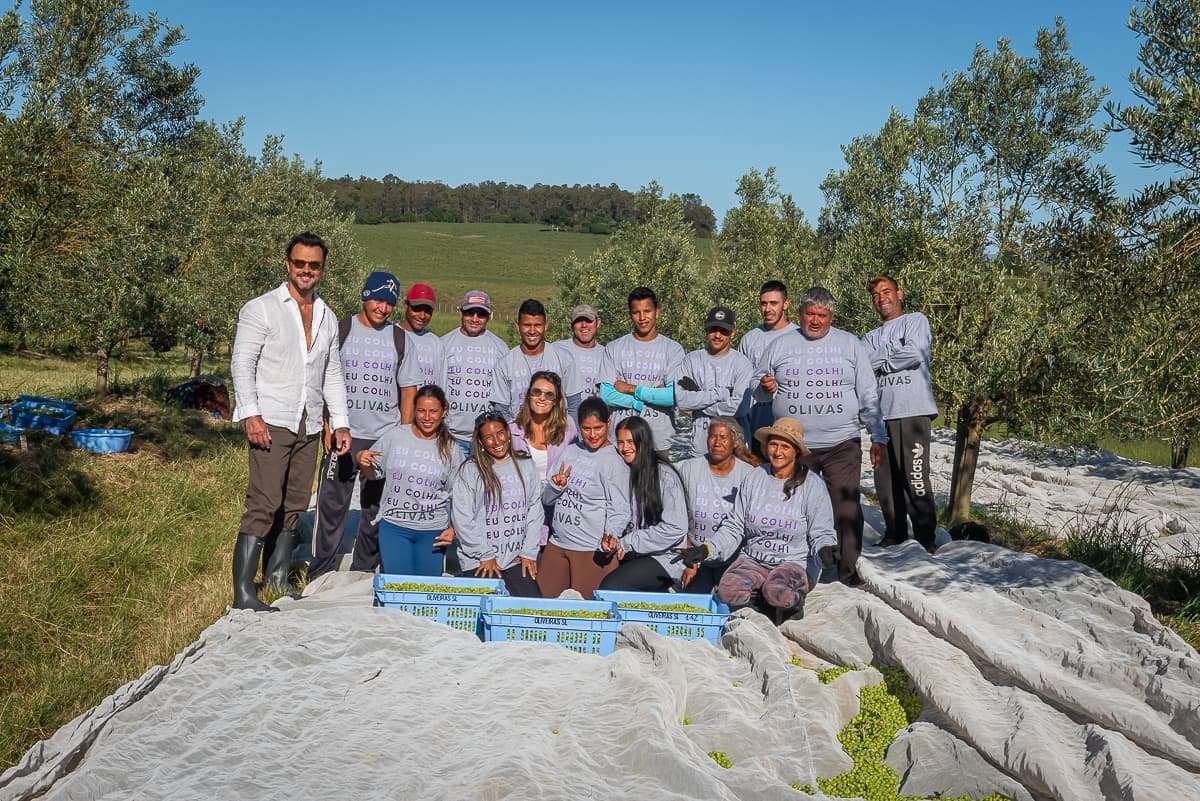
Al-Zait said labor regulations make it difficult to hire workers for the harvest on short-term contracts.
“This very season feels so unusual, and the trees are also reacting their own way so that on a single olive branch, you can find flowers, small fruits and bigger ones,” Osório said.
Along with climatic challenges, Osório added that labor regulations in Brazil also present headaches for the award-winning producer.
“I would say the biggest hurdle we need to overcome, and not only us, are the current Brazilian regulations about seasonal labor,” Osório said.
The Al-Zait co-founder noted that while there are technically enough workers to complete the harvest, the trouble arises from the bureaucracy associated with hiring them on a seasonal basis.
“The current regulations tend to exclude the possibility of contracting a worker for only 15 or 20 days per year, the amount of time needed during the harvest,” she explained.
“There is no clear rule on what the fair salary would be and conditions we as an employer should provide to the workers,” Osório added. “Rules seem to fit only factories and indoor facilities while providing no clear path for those who need employees on the open fields.”
Along with hiring employees, the seasonal nature of the work often means the same people are unavailable each season. As a result, Osório usually has to train the workers to harvest and prune correctly.
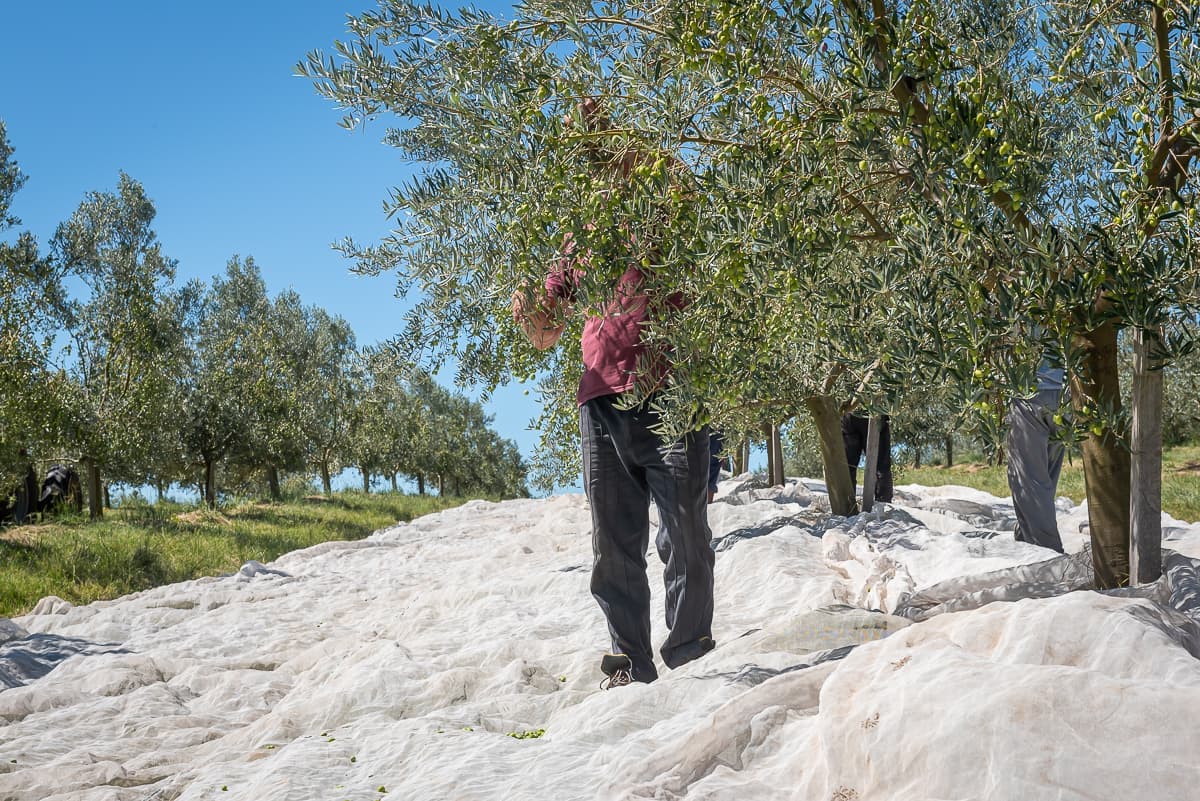
One of Al-Zait’s challenges is training the seasonal workforce every year to follow best harvesting and pruning practices.
“The lessons I learned participating in courses abroad I transmit to them,” she said. “We now have five workers who are trained and can explain to others how to proceed. I am also on the field when the pruning season comes.”
Along with these challenges, Osório said there are challenges associated with convincing consumers to choose Brazilian extra virgin olive oil instead of imported brands.
“Brazil’s market is rapidly growing,” she said. “Nevertheless, many local consumers still do not know much about olive oil quality, so they do not tend to give value to locally-produced olive oil.”
Instead, she said Brazilian consumers instinctively reach for brands with Spanish, Italian or Portuguese-sounding names in the supermarkets.
“That is why we are only present in very specific locations and work to sell our product directly to our target consumers, those who look for quality,” Osório said. “Once the consumers learn about olive oil and taste our products, they buy it right away.”
“I think we are today where wine was many years ago when local consumers still had to understand the local product could be different but high level,” she concluded. “It took years to change that culture.”


